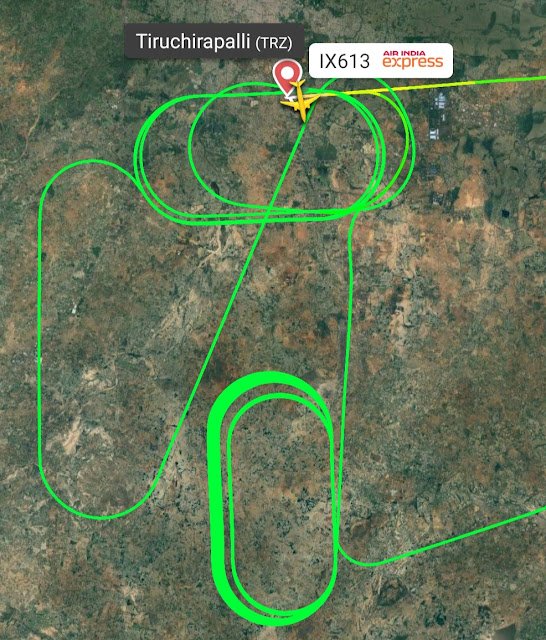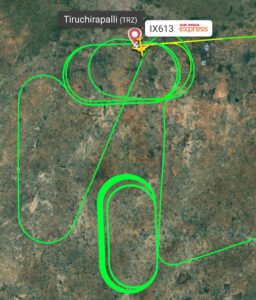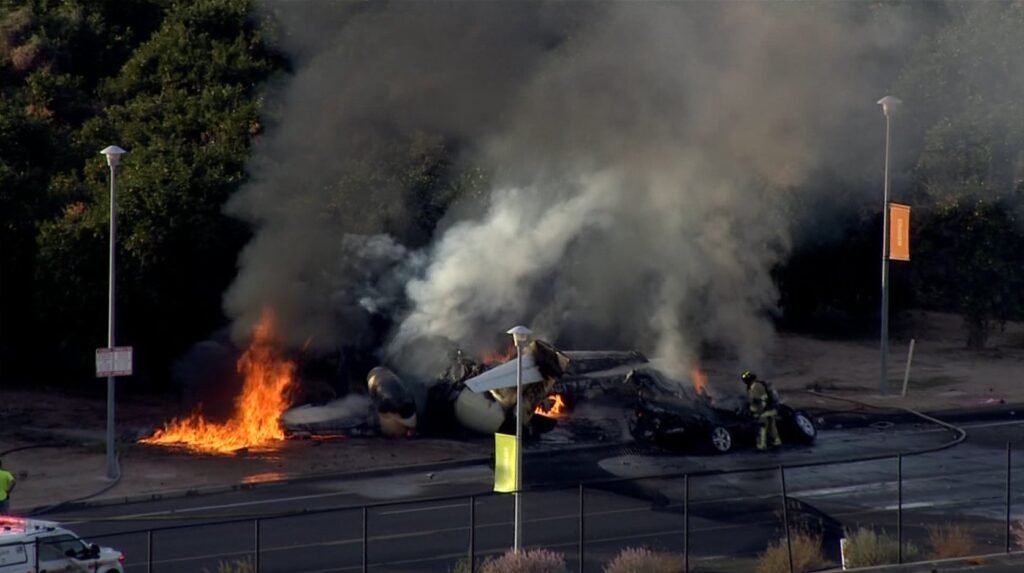What is Fuel Jettison Systems/Fuel Dumping ? How Fuel Jettison System Work -: Airplane Beast Somendra Pandey

Fuel Jettison or Dumping
structural damage during landing. most of heavy Aircrafts has that system.
Requirements For Fuel Jettison Systems/Fuel Dumping -:
The average rate of fuel jettisoning should be at least 1 percent of the aircraft’s maximum weight per minute, with the flaps and landing gear retracted. It’s crucial that no fuel or vapors enter any part of the aircraft. The fuel must discharge away from the aircraft to prevent contamination, and the jettisoning process must not negatively impact the aircraft’s controllability.
Additionally, the design of the fuel jettison system must ensure that any reasonably foreseeable single malfunction does not lead to dangerous conditions, such as uneven fuel dumping or the inability to jettison fuel altogether. The fuel dump valve(s) must be constructed to enable flight crew members to stop the jettison operation at any time, ensuring full control over the process.
Moreover, these systems are designed to ensure that the fuel tanks typically used for takeoff and landing cannot be completely emptied. This safety feature helps maintain a minimum fuel reserve, providing an additional layer of safety in case of unexpected circumstances during flight.
Ensure Before Fuel dumping -:
Here are some additional considerations and guidance that could be beneficial for flight crews regarding fuel dumping procedures:
1. Monitor Fuel Levels: Continuously monitor fuel levels and the effectiveness of the jettisoning process to ensure compliance with safety protocols and operational guidelines.
2. Crew Coordination: Maintain clear communication among crew members during the fuel dump process to ensure everyone is aware of the current situation and any changes to the plan.
3. Document Procedures: Ensure that all actions taken during the fuel dump are documented, including the reasons for fuel jettisoning, altitude, and any communications with ATC.
4. Evaluate Environmental Conditions: Consider weather conditions, such as wind direction and speed, to minimize the environmental impact of fuel dumping and to avoid dumping in populated areas.
5. Understand Local Regulations: Be aware of any specific regulations or guidelines from local aviation authorities regarding fuel dumping in different airspaces, as these can vary.
6. Post-Dump Procedures: After completing the fuel dump, assess the aircraft’s weight and balance to determine if any further actions are necessary for safe landing.
7. Consider Passenger Safety: Communicate with cabin crew to prepare passengers for potential emergency procedures and ensure their safety during the fuel dump and subsequent landing.
These considerations can help enhance safety and efficiency during fuel jettison operations.
List of Aircraft’s fitted with Fuel Jettison Systems/Fuel Dumping –
BOEING FLEET ✈️✈️ :
1. Boeing 747 Series
- 747-100, 200, 300, 400, 8: All models have fuel jettison systems because they are designed for long-range flights and carry large amounts of fuel. The system helps reduce the weight in emergency situations for safer landings.
2. Boeing 767 Series
- 767-200, 300, 400: Some variants are equipped with a fuel jettison system, especially if they are configured for long-haul operations. Not all 767s have this system; it depends on the configuration and airline requirements.
3. Boeing 777 Series
- 777-200, 200ER, 300, 300ER, 777F: The Boeing 777 family has a fuel jettison system because they are designed for long-range operations. This system is critical for meeting the weight requirements in emergency landing scenarios.
4. Boeing 787 Series
- 787-8, 787-9, 787-10: The 787 family is generally not equipped with a fuel jettison system. These aircraft are designed with a lower difference between maximum takeoff and landing weight, allowing them to burn off fuel instead.
5. Boeing 707 and 727
- These older models may have been equipped with fuel jettison systems in some configurations, but they are rarely seen in commercial use today.
6. Boeing 737 Series
- 737-Classic and Next-Generation (600 to 900) and MAX (7, 8, 9, 10): The 737 family does not have a fuel jettison system, as the difference between maximum takeoff weight and maximum landing weight is small enough that fuel can be burned off during holding patterns.
Shorter-range models, like the 737 and some 787 configurations, do not include this feature.
1. Airbus A330 Series
- A330-200, 300: Some A330 models are fitted with a fuel jettison system, especially those configured for longer-range operations. This is an optional feature, depending on the configuration and airline’s requirements.
- The A330neo: (800, 900) models are generally not equipped with a fuel jettison system, as they are designed to have a smaller difference between MTOW and MLW, making burning off fuel a viable alternative.
2. Airbus A340 Series
- A340-200, 300, 500, 600: All models of the Airbus A340 are equipped with a fuel jettison system. These aircraft are designed for long-range international flights, necessitating the ability to reduce weight in emergencies.
3. Airbus A350 Series
- A350-900, A350-1000: The A350 family has a fuel jettison system, given its capability for ultra-long-haul flights. It’s designed to carry large amounts of fuel, and the system is necessary to manage emergency weight reductions.
4. Airbus A380
- The A380-800, the largest passenger aircraft, is equipped with a fuel jettison system. Given its size and long-range capability, it needs to be able to shed fuel weight in emergencies for safe landings.
 |
| AIX 613 HOLDING |
On October 12, 2024, an Air India Express (AIX 613) flight carrying 140 passengers encountered issues shortly after taking off from Tiruchirapalli Airport. The plane safely returned to the airport after circling the sky above the city for two and a half tense hours to burn off excess fuel.
The aircraft, a Boeing 737, does not have a fuel dumping system, so the crew needed to reduce the plane’s weight by burning fuel in-flight. This precaution was necessary to ensure a safe landing without risking damage to the aircraft’s structure. After over two hours of flying, the plane landed safely.
Author









